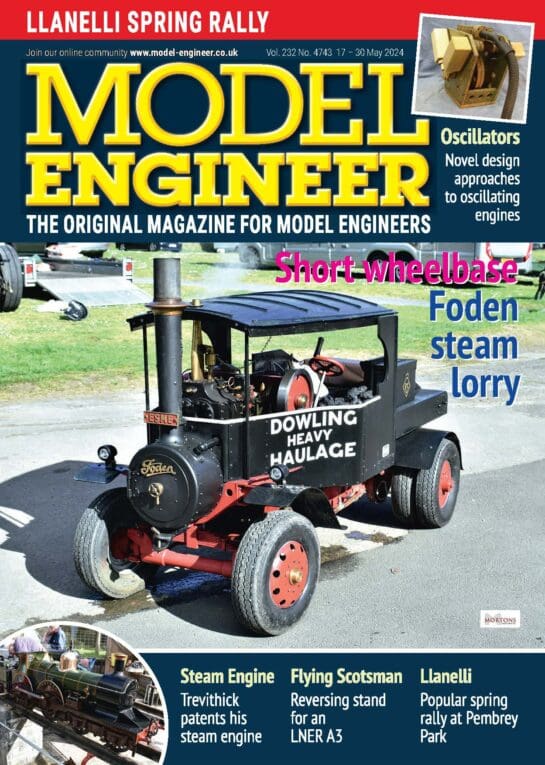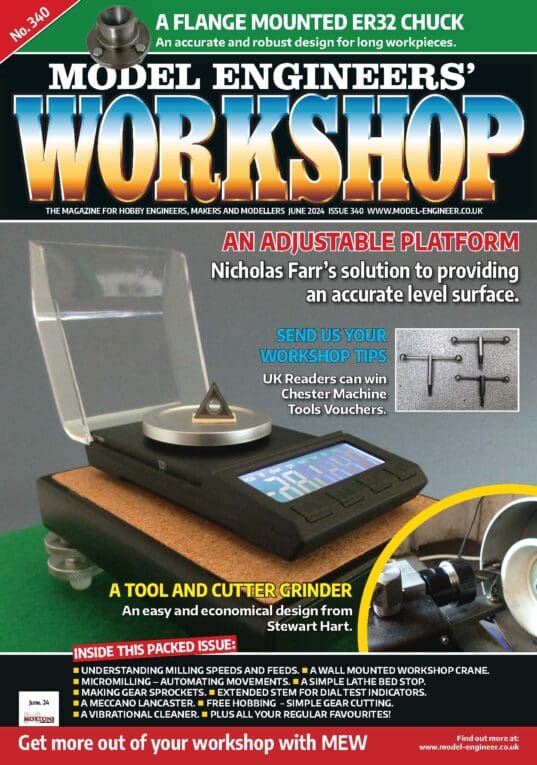Converting parts of a milling-machine is one thing but I would never make a grinding attachment for a regular, complete mill.
How can you guarantee no abrasive will find its way into the three sets of ways and screws?
If wanting to build a surface-grinder (or cylindrical or tool grinder) it’s best to build it completely, designed for that purpose. It also means not needing to convert the table to rack or lever feed.
Some small, very simple horizontal mills, such as the Denbigh ‘H’ 1 to 3 series, made for batch-production tasks by semi-skilled labour, had lever-action long feeds, so might be suitable for conversion… if you can find one. Though it’s likely to be so old and battered it won’t be necessarily be any more accurate than as a mill, without thorough refurbishing.
(For similar reasons I am reluctant to use a grinding attachment on a lathe, but it may be feasible to make a cylindrical-grinding or surface-grinding attachment for a T&C grinder.)
 Sonic Escape.
Sonic Escape.




